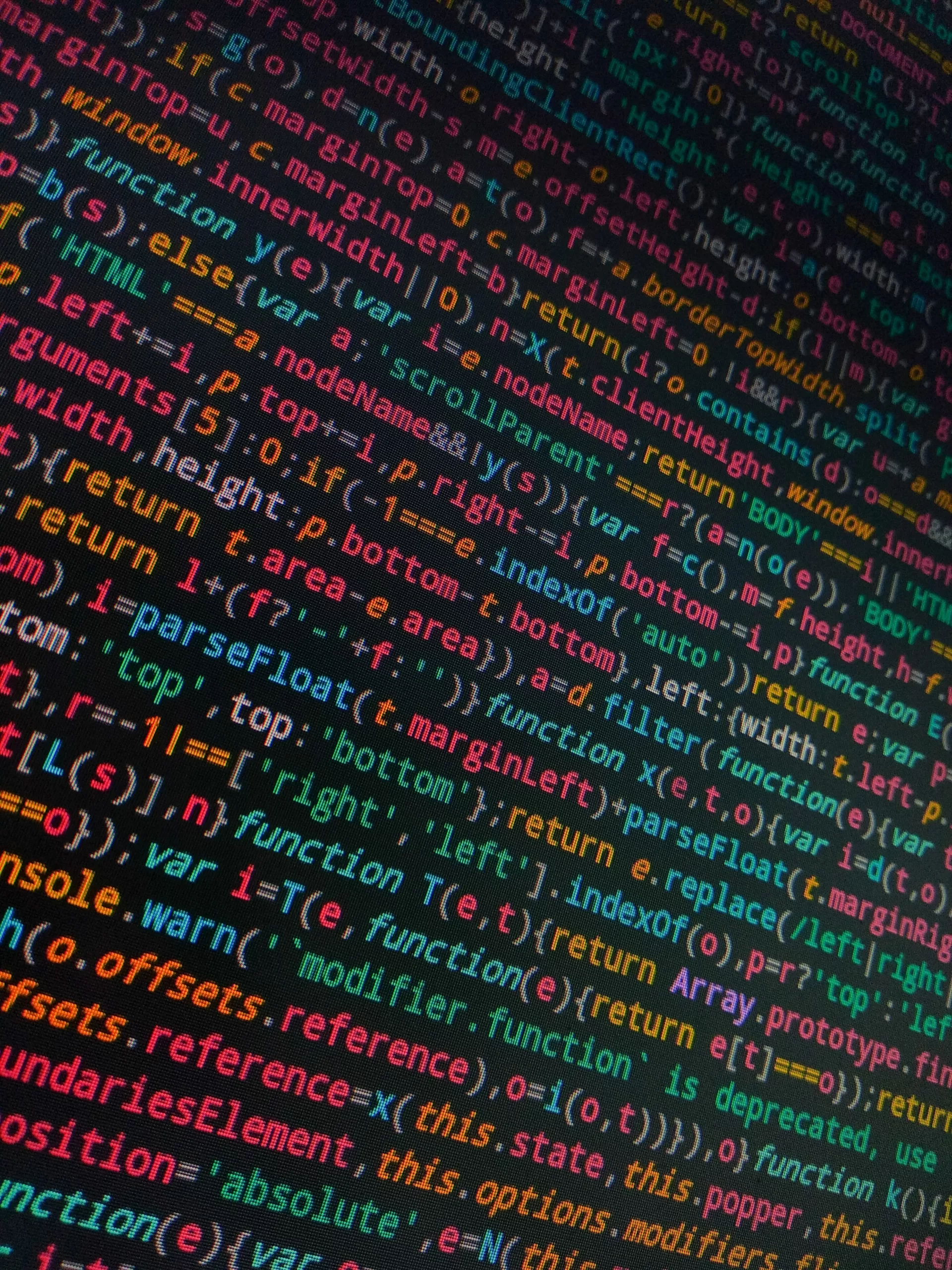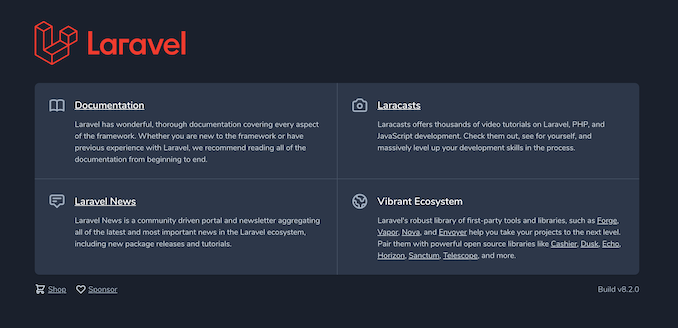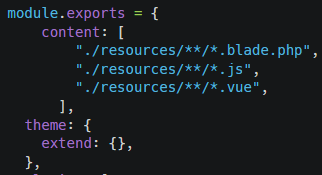Laravel! Ever heard of it? I bet you have if you’re a part of the web development world. But what makes Laravel so special? What are the Best Laravel Practices and Standards you follow to make your Laravel-based application efficient, maintainable, and simply superior?
That’s precisely what we’re about to delve into. So buckle up; it’s going to be an enlightening ride!
Introduction
Importance of Coding Standards
Remember when you picked up your first Lego set and followed the guide to create the picture-perfect castle on the box? Similarly, coding standards are like a guide to creating efficient and maintainable code. They help ensure that your code is clean, readable, and beautiful to look at (yes, code can be beautiful!), so welcome to our comprehensive guide on the Best Laravel Practices and Standards.
Brief Introduction to Laravel
Enter Laravel, a free, open-source PHP web framework intended for the development of web applications. Laravel offers a beautiful syntax that can make web development a joy. It eases tasks such as routing, authentication, sessions, caching, and more, which makes it a preferred choice among developers.
Understanding Laravel
History and Evolution
Created by Taylor Otwell in 2011, Laravel has come a long way. It’s not just a tool but a whole ecosystem for developing modern web applications. With every new version, Laravel has introduced features to make web development more effortless.
Why Choose Laravel?
You may ask, “Why Laravel?” The answer lies in its simplicity and elegance. It is user-friendly, easy to understand, and offers robust features that make it a comprehensive platform for developers. Laravel also follows MVC (Model-View-Controller), an architectural pattern that separates an application into three main logical components.
Understanding Laravel Architecture
The MVC pattern is what gives Laravel its power. Models correspond to your database structure, Views represent your user interface, and Controllers are the bridge connecting them. Laravel’s service container, a powerful tool for managing class dependencies, is at the heart of Laravel’s architecture.
The Laravel Framework
Installation & Setup
Starting with Laravel is like a breeze. With Composer, Laravel can be installed and set up in a few minutes. Just ensure you meet the server requirements before you dive in.
The Structure of Laravel
Laravel follows a well-defined directory structure. It’s clean and organised, and you will know where to find what.
Understanding MVC in Laravel
In Laravel, the MVC pattern makes it easier to manage complexity by separating the application logic from the user interface.
Best Practices in Laravel
Let’s delve into the Best Laravel Practices and Standards that will make your Laravel-based application efficient, maintainable, and superior.
Using Eloquent ORM
One of the star features of Laravel is Eloquent ORM. It’s an advanced PHP implementation of the active record pattern that allows you to interact with your database like you would with SQL.
Applying SOLID Principles
Remember the SOLID principles? They are the five principles of Object-Oriented Design that promote more understandable, flexible, and maintainable code. When you apply these principles to your Laravel project, you’ll see how they elevate your coding game.
Keeping Controllers Thin
The saying “Fat models, skinny controllers” is popular in the Laravel community. This principle states that the bulk of your logic should be in the model, while the controller should handle only the request and response.
Organising Routes
Routes are the heart of your Laravel application. Organising them in a way that reflects the application structure and is easy to understand is a best practice you shouldn’t overlook.
Writing Efficient Laravel Code
Using Artisan Commands
Artisan is Laravel’s command-line interface. It includes several commands that assist you while you build your application. It’s like having your personal assistant!
Using Laravel’s Blade Templating Engine
Blade is Laravel’s simple yet powerful templating engine. Unlike other PHP templating engines, Blade does not restrict you from using plain PHP code in your views.
Dependency Injection and Service Containers
Dependency Injection is a design pattern that allows for IoC (Inversion of Control). Laravel’s service container is a powerful tool for managing class dependencies and performing dependency injection.
Testing in Laravel
Unit Testing
Unit tests focus on a small piece of code. Laravel is built with testing in mind and comes with PHPUnit integrated.
Feature Testing
Feature tests ensure that your application’s larger portions of code are working correctly.
Using PHP Unit in Laravel
Laravel’s integration with PHPUnit makes it easy to run tests for your application and ensure it behaves as expected.
Laravel Packages and Libraries
Using Composer
Composer is a tool for dependency management in PHP. Laravel utilises Composer to manage its dependencies and to ensure the right versions of packages are being used.
Useful Laravel Packages
Laravel has a rich ecosystem of packages that can significantly boost your productivity. Some of them are Laravel Debugbar, Laravel IDE Helper, Laravel Telescope, and many more.
Conclusion
This comprehensive guide provides you with a deep understanding of Laravel and the Best Laravel Practices and Standards that will help you write efficient, maintainable, and superior code. Laravel, with its elegant syntax and robust features, has indeed changed the landscape of web development. Whether you’re a beginner or an expert, Laravel has something in store for you. Embrace these practices and see your web development journey reach new heights!
FAQs
- What is Laravel used for?
- Laravel is a web application framework with an expressive, elegant syntax aimed at making web development tasks, such as routing, persistence, queuing, caching, and security, easier for developers.
- Why is Laravel so popular?
- Laravel is popular due to its robust features and ease of use. It’s a complete and developer-friendly framework that speeds up the web development process.
- What databases does Laravel support?
- Laravel supports a variety of databases, including MySQL, Postgres, SQLite, and SQL Server.
- Is Laravel suitable for large-scale applications?
- Absolutely! Laravel is excellent for large-scale applications due to its efficiency, security features, and scalability.
- How secure is Laravel?
- Laravel takes security seriously and provides several built-in mechanisms to protect your application. It handles many security aspects, like protection from SQL injection, cross-site request forgery, and cross-site scripting.






